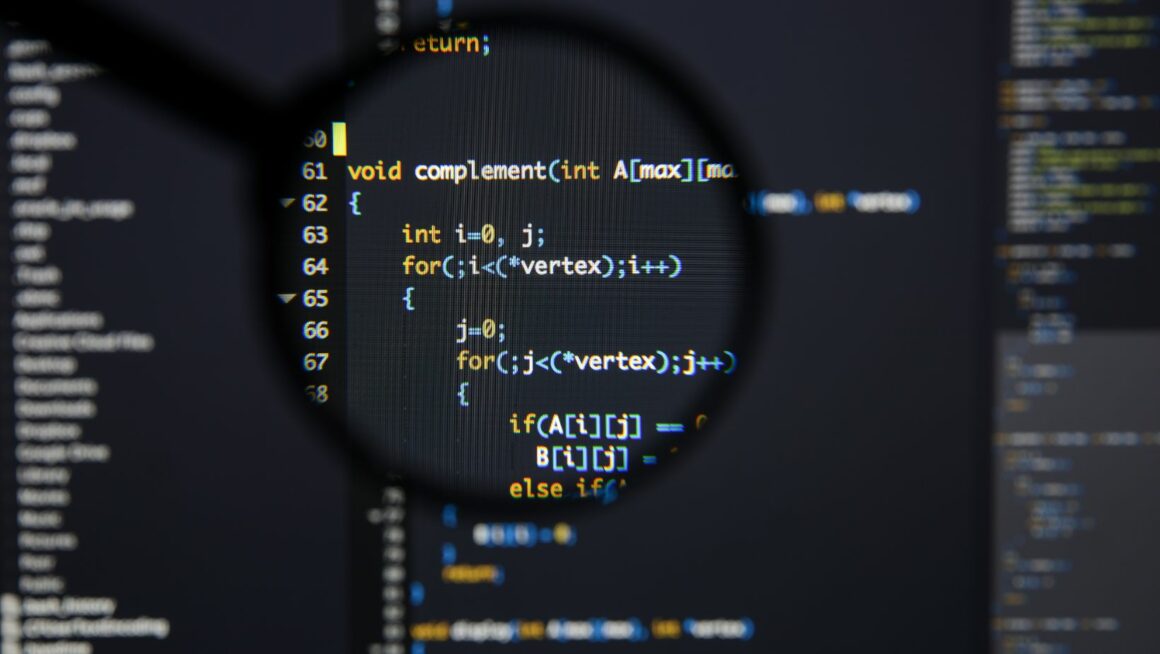In the vast universe of programming languages, there are some names that make you do a double-take. ‘Shuttlecock’, for instance, might have you wondering if it’s a new coding language or simply a piece of sports equipment. Let’s dive into this intriguing topic.
As an experienced programmer, I’ve seen languages come and go, each with its unique quirks and features. So, is Shuttlecock among these diverse coding dialects? Or is it perhaps a misunderstood term in the tech world?
In this article, I’ll demystify the concept of ‘Shuttlecock’ within the context of programming. Get ready to explore this fascinating subject with me.
Let’s dive deeper into the world of programming languages. These languages are essential tools for a developer, enabling them to instruct a computer to perform specific tasks. Each programming language has unique characteristics and functionalities, determining its suitability for particular functions and user needs.
Is Shuttlecock a Programming Language
 Primarily, programming languages dictate tasks to computers in a format they comprehend. They bridge the communication gap between humans and machines, enabling us to convey complex instructions seamlessly. Most languages follow a set of rules for writing programs, referred to as syntax. For instance, Python, noted for its simplicity, prefers indentation for blocks of code, while Java uses braces.
Primarily, programming languages dictate tasks to computers in a format they comprehend. They bridge the communication gap between humans and machines, enabling us to convey complex instructions seamlessly. Most languages follow a set of rules for writing programs, referred to as syntax. For instance, Python, noted for its simplicity, prefers indentation for blocks of code, while Java uses braces.
Programming languages can be either low-level or high-level. Low-level languages closely interact with a computer’s hardware. Assembly language, for instance, allows direct manipulation of hardware entities within a machine. Contrarily, high-level languages, such as Java or Python, are easy to understand and use. They implement abstract processes that hide intricate details of the underlying system, making it faster for developers to put their ideas into action.
Key Features of Popular Programming Languages
When evaluating programming languages, keep in mind that various characteristics define their popularity and usage. Typically, popular programming languages like JavaScript, Python, and Java offer numerous features that streamline coding. They’re known for their efficiency, versatility, and powerful libraries, among other attributes.
For example, JavaScript is a vital language for web development. It’s dynamic, supports object-oriented programming, and can be run on any device with a web browser. Python, renowned for its simplicity, provides excellent support for integrating with other languages and tools. It’s a popular choice for data analysis, machine learning, and AI.
Java, on the other hand, is a statically-typed, object-oriented language known for its “write once, run anywhere” philosophy. It’s heavily used in enterprise-scale applications due to its scalability, security, and robust performance.
What is Shuttlecock?
Shuttlecock is not known as a programming language in the tech world. It’s a term that strays from the conventional languages, such as JavaScript, Python, and Java, mentioned before. Instead, it finds its roots in a different domain – sports.
The Origins of Shuttlecock
Originating from the age-old game, badminton, a shuttlecock – also known as a birdie – is a high-drag projectile, with an open conical shape. It is formed from 16 overlapping feathers embedded into a rounded cork base, providing it with unique aerodynamic properties. It’s distinct for its trajectory curve, which, contrary to most projectiles, results in it always facing with cork-first when hit with a racket.
Shuttlecock in Modern Context
In a contemporary setting, shuttlecock doesn’t take on much of a difference. It continues to serve as an essential component in badminton, with its design refined over time for optimal performance. The sport itself has grown in popularity globally, especially in Asian countries, such as China, Indonesia, and India. While engineers and scientists may examine its aerodynamic properties, coders won’t find themselves typing ‘shuttlecock’ into their Integrated Development Environments (IDEs) to create loops or algorithms. Its mention in a programming context is non-existent, making it clear that shuttlecock isn’t a coding language.
their Integrated Development Environments (IDEs) to create loops or algorithms. Its mention in a programming context is non-existent, making it clear that shuttlecock isn’t a coding language.
Shuttlecock as a Programming Language
So, we’ve journeyed through the world of programming languages, distinguishing high-level languages like Python and Java from low-level counterparts. We’ve delved into the unique realm of ‘Shuttlecock.’ But, despite its intriguing name, it’s important to remember that Shuttlecock isn’t a programming language. It’s a term steeped in sports history, playing a crucial role in badminton’s global appeal. Its aerodynamic properties are impressive, but they don’t translate to coding tasks in IDEs. We’ve debunked the myth, and it’s clear – Shuttlecock doesn’t have a seat at the table of programming languages. It’s a sporting term, not a coding tool. So next time you’re diving into a coding project, remember, Shuttlecock won’t be the language to turn to.

